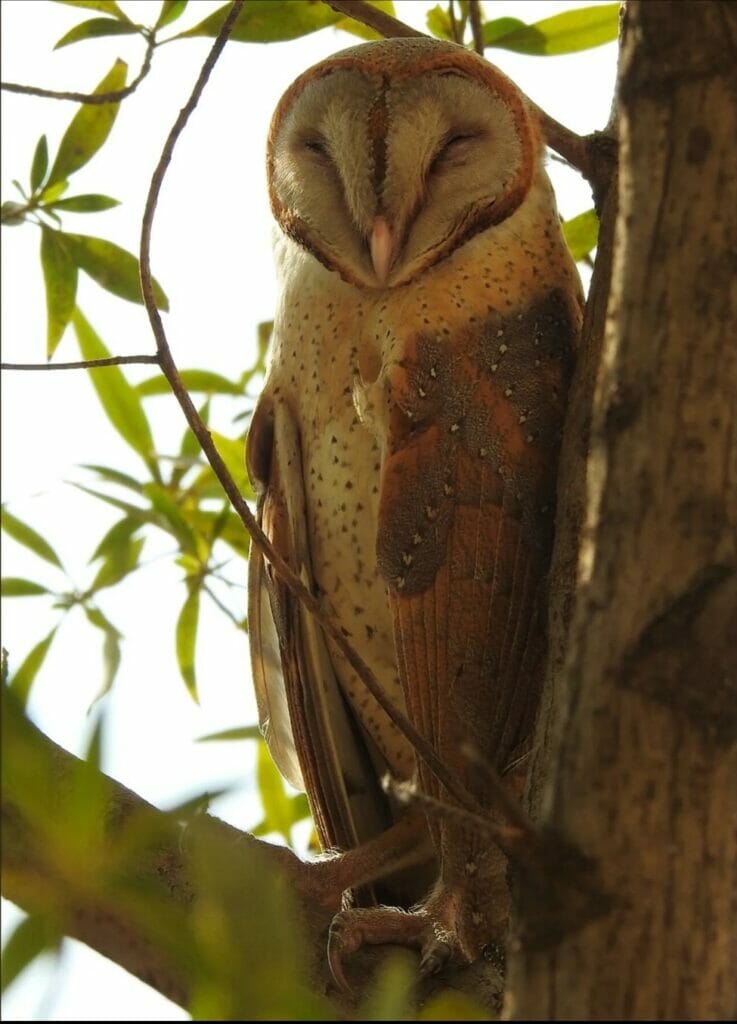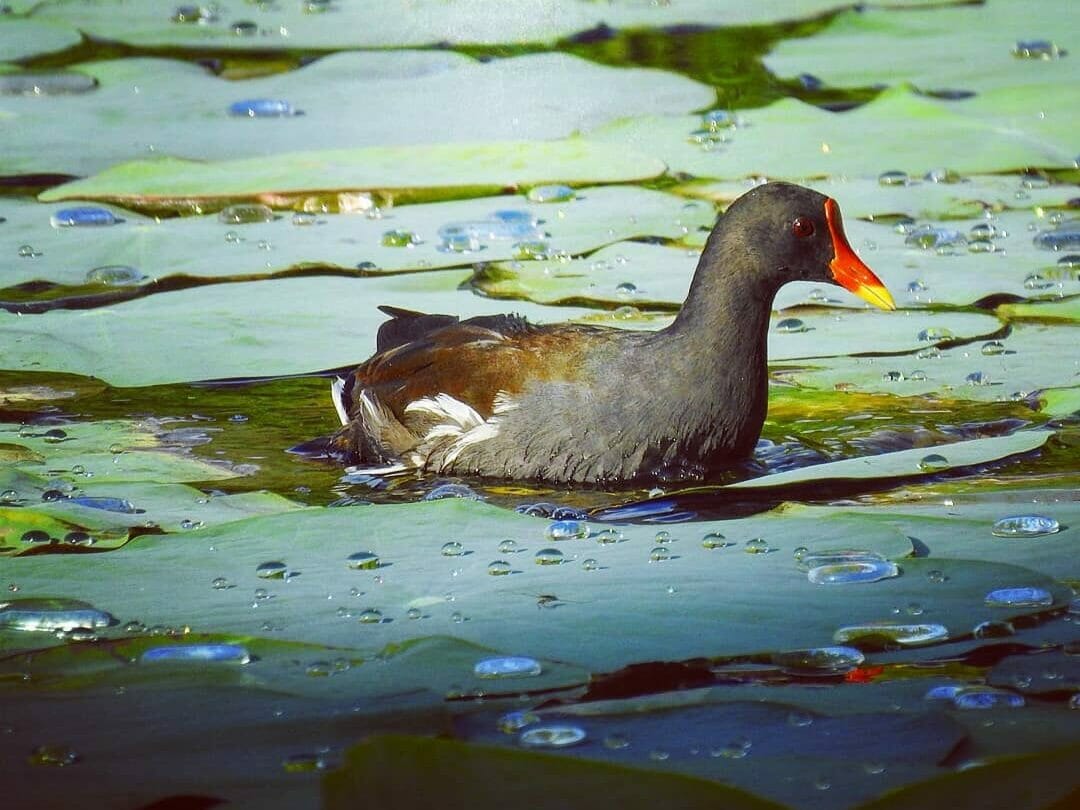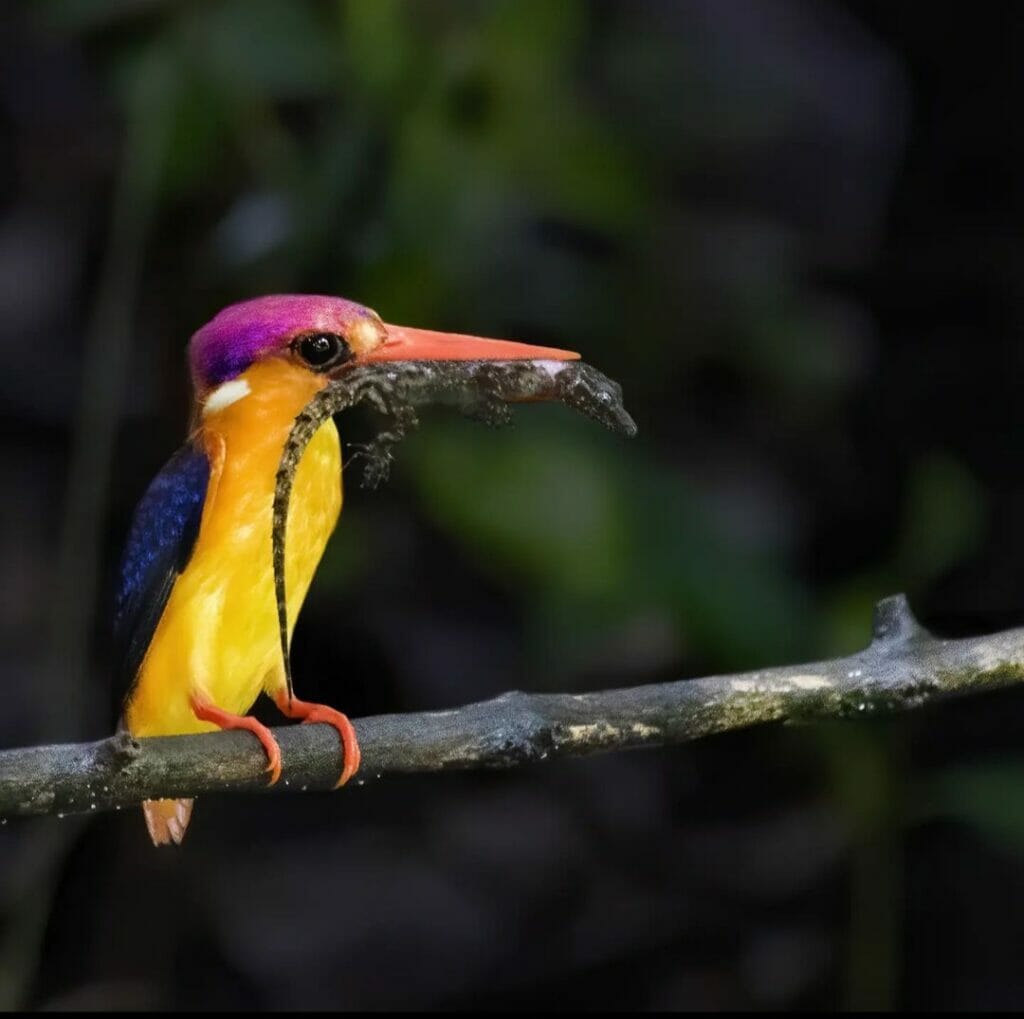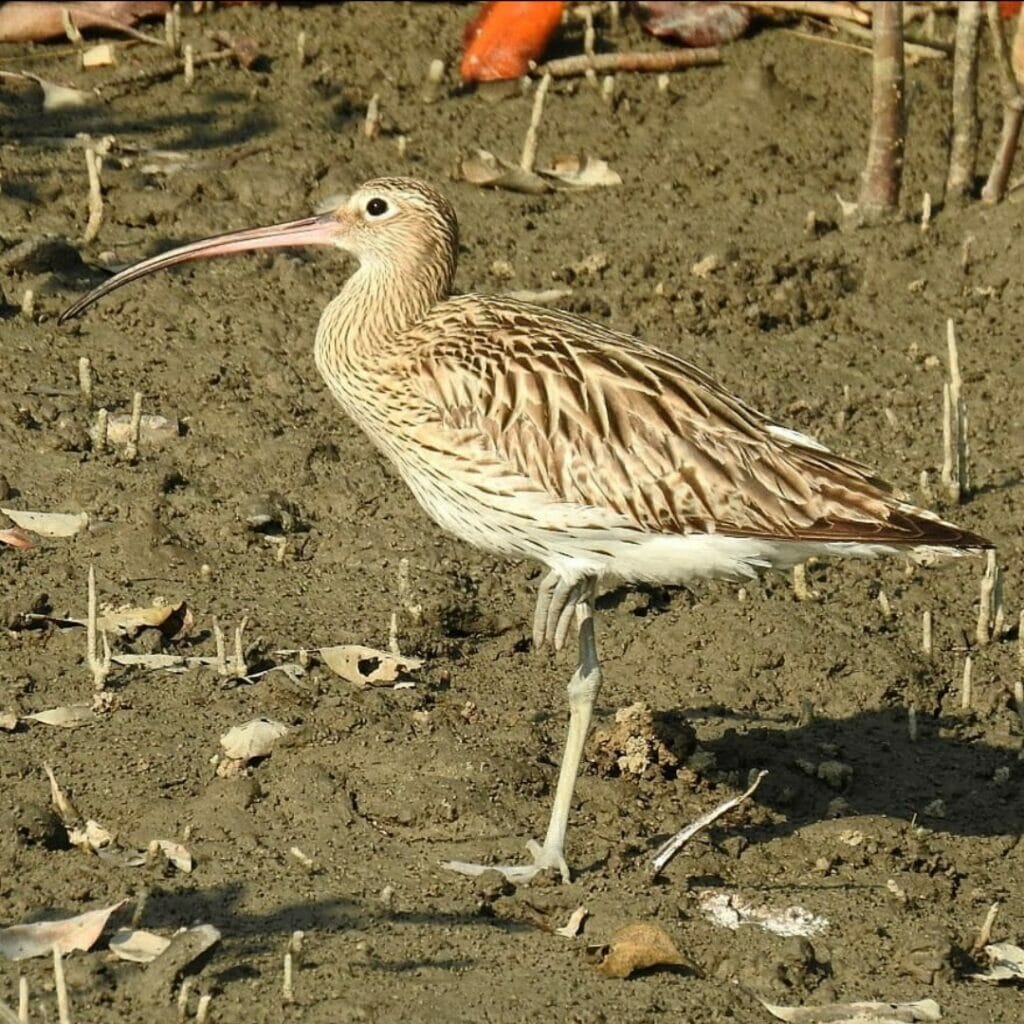September has ended and we will soon bid goodbye to the monsoon season. Monsoons not only give new life to nature, but also drape the surroundings in lively greens. Starting now, we celebrate new lives, new crops and a lot of festivals.
During monsoons, one can witness various interesting phenomena. One can hear frogs and toads croaking in and around rain puddles. A large number of butterfly species like Lime, Plain Tiger, Common Emigrant are spotted. Bees and moths also engage in extracting nectar from flowers that bloom in rain.
Deep inside the forest, a lot of snakes come out to feed on frogs and earthworms. Different species of lizards come out during monsoons and one can hear the constant high-pitched buzzing of cicadas everywhere.
Mumbai receives high rainfall, due to its geographical location and the interaction of monsoon winds with the Western Ghats. Despite being a highly urbanised and the most densely populated city, Mumbai still has a few patches of greens in small pockets. One can see the green carpet spread right from Malabar Hills to Aarey Colony. You can witness fresh streams flowing in areas of Sanjay Gandhi National Park (SGNP) and Yeoor Hills. Wild flowers bloom on the hill slopes of Mumbra and Malang.
A lot of migratory birds settle on the mudflats of Sewri and on our coasts. Shravan month is a holy month dedicated to Lord Shiva. Sighting of a bird called “Indian Roller” or “Neelkanth” is considered very auspicious. Birds like Munias are seen carrying nesting materials, cuckoos are heard chirping around. This is how a new season starts – a season full of flourish and diversity.
Window birding: Let us start from our homes
If you still have a few old trees, bushes and plants in your surroundings, you will be able to see at least 10 different species of birds. Even if we keep aside the house crow, house sparrow, rock pigeon and common myna aside, one can’t ignore the very small and acrobatic Tailor Bird. It is called as Song Bird and is brilliant at making its nest.
It makes a cup out of a leaf and stuffs it with feathers and fur. The stitches it puts around the nest, gives it the name.
Apart from the Tailor Bird, one can spot Red Vented Bulbuls, Rose Ringed and Alexandria Parakeets, Oriental Magpie Robins Sunbirds, Asian Koels and Grey Hornbills.
An old tree will certainly have a tuk-tuk-tuk noise made by a Coppersmith Barbet. It makes its nest high up in the tree trunk. One can miss seeing it but can’t miss the sound. If you see through binoculars, you will fall in love with the colours of this small bird.
Read more: Birdspotting – from dawn to dusk
High up in the sky: Mumbai’s raptors
The high-rise towers seem to be attaining new heights every day. We focus on the Black Kites gliding high up in the sky, now at your eye level. It has evolved as a scavenger. The Black Kite finds enough food around human habitation and hence has become commensal to man. In our skies, only Black Kite has a forked tail amongst the birds of prey of this size.
Shaheen Falcon can also be seen sitting on the ledge and inside the duct area of these buildings to make a meal out of pigeons, who have created havoc for the urban residents.
Shikra, again a bird of prey can be sighted, if looked at carefully.

One can encounter pair of Spotted Owlets or a Family of Barn Owls, using hidden corners in these building as their homes. They will certainly keep the rodents count low in the area.
Mumbai once saw a lot of vultures, but their population dropped severely in the past years. A large number of vultures died because of the indirect consumption of a drug named Diclofenac. The drug has been banned and different measures for the revival of the vulture population are going on.
Water body around? You are lucky
Go for a morning walk, pick a favourite corner, sit patiently and watch. Within no time the water body will be full of birds like Herons, Egrets, Lapwings, Waterhens, Ducks like Spot Billed Ducks, Moorhens, Little Grebes, Northern Pintails. You will hear a screeching sound from far, and soon a White Breasted Kingfisher would land in front of you. Head down, it will keep looking for some fish or prawn, you blink and it catches its prey.

It will first kill the prey by hitting it on the branch or rock and gobble down. Common Kingfisher does the same. Bhavan’s Lake in Andheri, Gorai, NRI pond in Seawoods and Nilje Lake in Dombivli are some of the the locations, where you can see these birds.
Asian Paradise Flycatcher, as its name is a very attractive bird. The females are rufous coloured with short tails, but the adult males are either predominantly bright rufous or bright white with long tails up to 24 cm.
The nine coloured bird, Indian Pitta known as “Navrang” and Oriental Dwarf Kingfisher called as Colour Bomb will certainly become your favourites once you see the beautiful colours on them.
Conservation Education Centre(CEC) is a BNHS centre in Filmcity, Goregaon. CEC and Maharashtra Nature Park (Mahim) are very good locations to look for these migratory birds.

Migratory birds
Bigger lakes, creeks and estuaries attract birds in large numbers. One can see a lot of species of Gulls, Terns, Plovers and Sandpipers. Flamingos are a big part of our city. If you visit Thane-Airoli Flamingo Sanctuary, Bhandup Pumping Station or go to other locations in Navi Mumbai, you will get to see both Greater and Lesser Flamingos in huge numbers.
You can also see the juveniles who are yet to get the pink colour on them. If you are lucky, you can see the beautiful and mesmerising Flamingo Dance. Flamingos dance to mate. Head Flagging is one of the basic moves and often the way one flamingo will try to get a dance party started. The tallest males in the flamboyance will try to start and the goal is to convince the rest of the group to catch notice and join in on the dance.
Read more: Chanakya Wetlands: In the pink or on the brink?
After you graduate from basic level, you can take the advance step and visit different locations around, that attract migratory birds. Flycatchers is a class of birds, who are very agile and catch insects in flight, hence the name. They migrate from different areas of our country and a good number of species can be seen in Tungareshwar and Belapur.
Let us not leave the raptors behind. A lot of different species of Eagles like Steppe Eagle. Black Eagle, Short Toed Snake Eagle, Buzzards, Harriers can be seen around Mumbai. They can be seen soaring high up in the sky, so that sunlight reaches every part of their wide spread wing feathers. Places in Mumbai which are on higher altitude or have hills around them form a perfect location to sight these raptors. Amur falcon takes small halt around Mumbai on its migratory path from Nagaland, Manipur and North Eastern India, crossing the Arabian sea to eventually reach Africa.
Likewise our sandy seashores attract many migratory birds from Eurasian Oystercatcher to Curlews to Dunlins. It is so much fun to see them topple down shells and eat the insect inside, to run away once the wave comes near them.

Coasts in Vasai and Virar attract a lot of these birds depending on the tide timings. There are many birding and bird photography groups formed on organisational levels. One can tag along with these groups and go for such activities. The expert in the group helps you with the sightings and explains more about the habitat and ecology of the birds. Mumbai Birdwatchers Club (MBC) is a group one can be associated with.
Contributing to Citizen Science
The ocean of bird watching is vast. You start from home, cover your city, state and proceed to the other locations. You will only receive surprises and never get bored. Bird watching teaches you patience, brings you closer to nature, makes you understand the wildlife cycle and how these birds have got evolved and are getting used to the increasing human population encroaching their homes.
You can either be a wildlife photographer and click these birds or be a Citizen Scientist who documents their behaviour and adds information on Wildlife apps. Portals such as Ebird India, India Biodiversity Portal and iNaturalist help you in identification of species and also allow you to upload any wildlife related information on it. These portals are accessible by all and it helps in generating data on a macro level.
This data is helpful in many ways, right from understanding the population of birds to major threats faced by them. It shows an increase in any species and decrease in any category of birds. This eventually helps in making policies and thinking of solutions for the core problem.
State of India’s Birds 2020 is a first of its kind collaborative effort that evaluates the overall conservation status of the most regularly occurring bird species in India. Citizen science as a concept is growing very rapidly.
Here’s how to start
Children from a young age should be introduced to this. Big4mapping, Biodiversity Atlas, Butterflies in India, Citizen Sparrow, Common Bird Monitoring Project, Hornbill Watch India, eMammal Project, Marine Life of Mumbai, OwlIndia and Roadkills etc are few of them.
There are Bird Counts and Bird Races organised by different organisations and anyone can participate in them. Bird Count India organises a lot of activities, events and monthly/annual challenges in this field.
For a beginner, it’s a very simple yet the most joyful phase to get into this field. You only need a pair of binoculars and field guide (Birds Of Indian Sub Continent) to start with. If in case you have a camera at your home, do carry. Spare couple of hours once a week and take a trail in your nearby areas. A green patch or a water body will be better.
One can also join the birding/photography trips organised by BNHS or Mumbai Birdwatchers Club. You get to meet many like minded people and that’s how the trips/outings start.
Contact details
1. Weekly walks by BNHS. Details at: www.bnhs.org/nature-trails
Bombay Natural History Society, Hornbill House, Opp Lion Gate, Shaheed Bhagat Singh Road, Fort, Mumbai 400 001.
Email: info@bnhs.org
2. Mumbai Birdwatchers’ Club (MBC on Facebook).
Occasional bird walks. Location and meeting times vary.
Contact: MBC Email: mumbaibirding@gmail.com.So what are you waiting for? Pick up your binoculars and hit the nature trails. Happy Birding!
Wonderful article+
Nice Article!
lovely article! Do check out the resources for children and beginner birders at early-bird.in